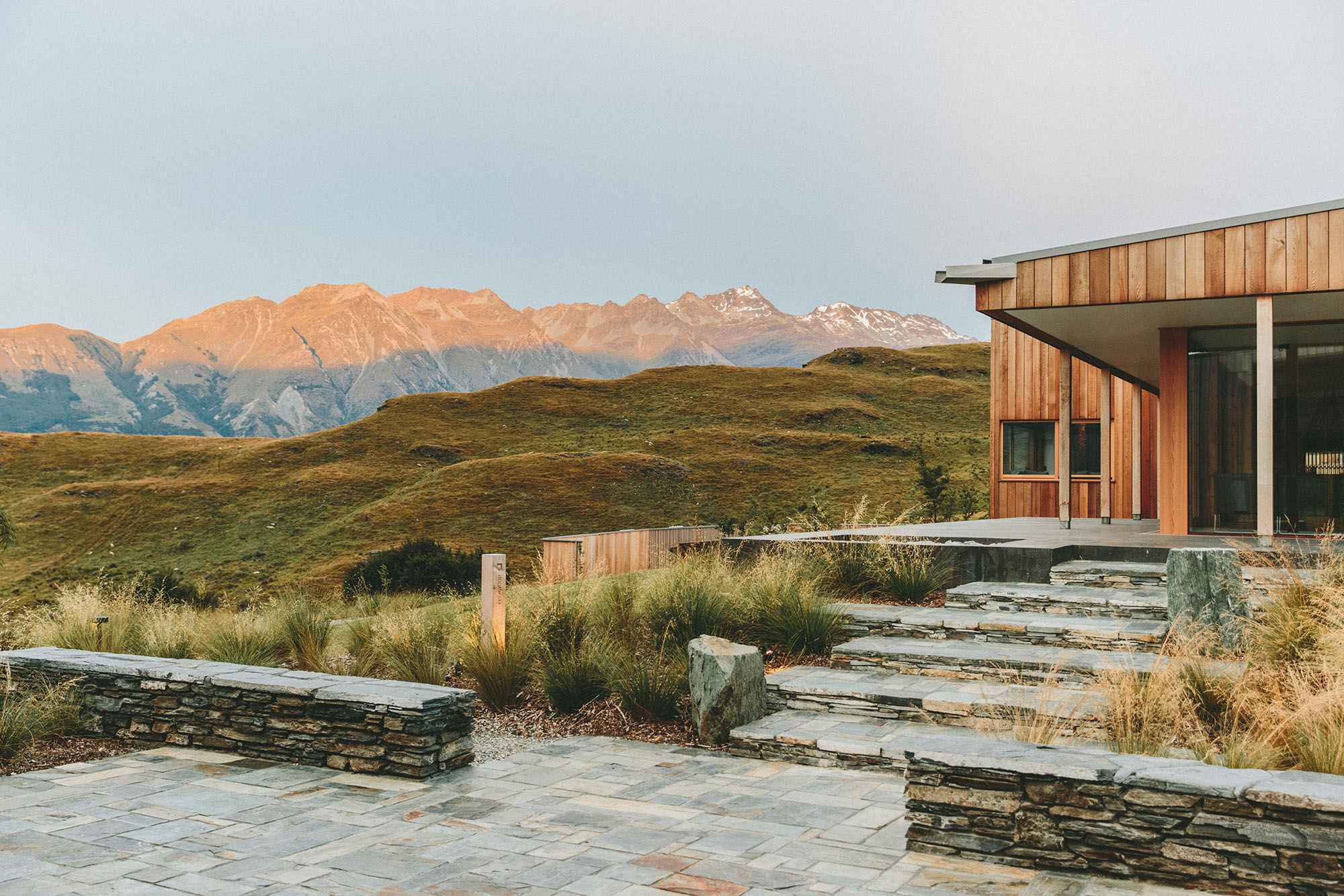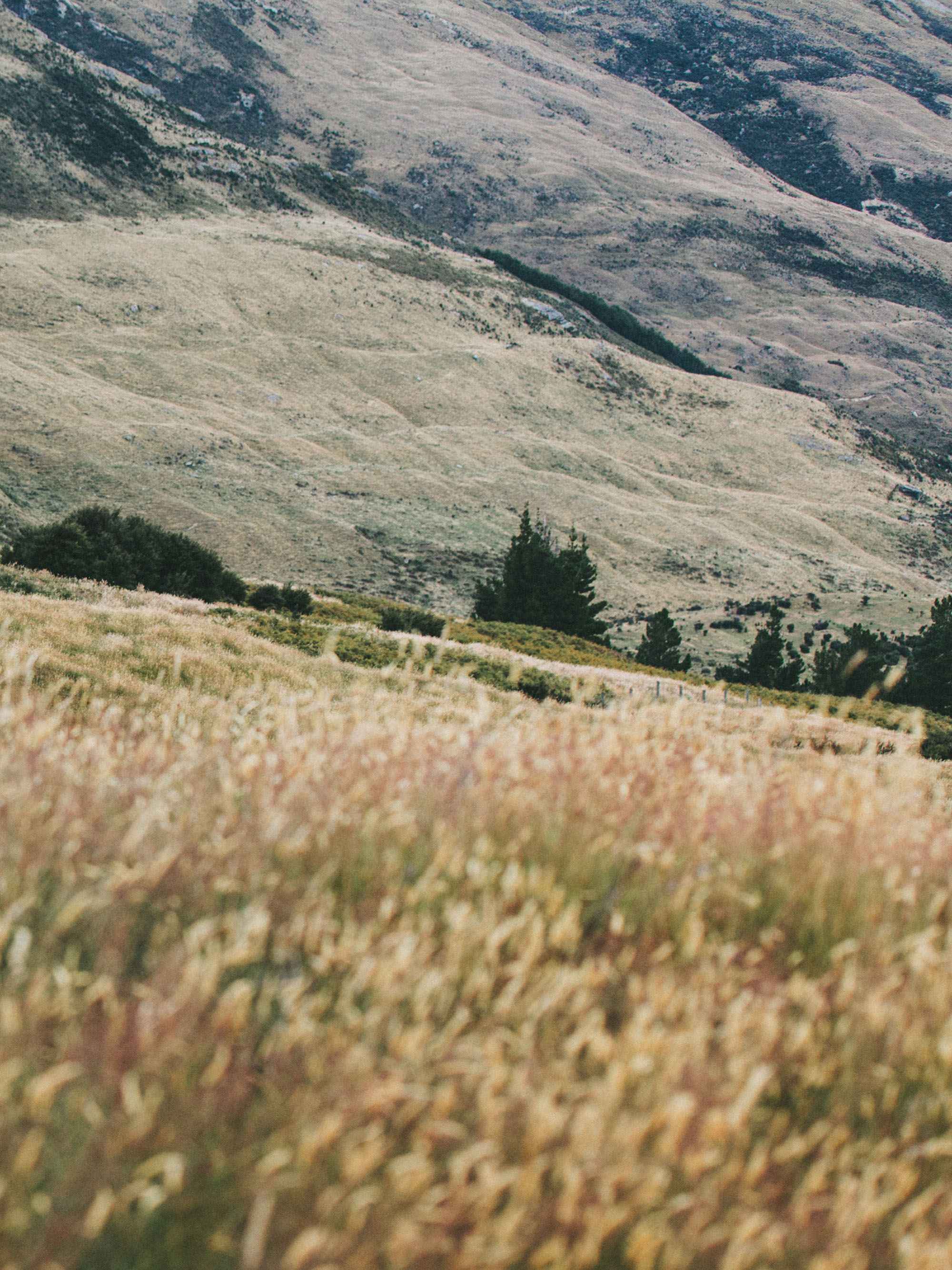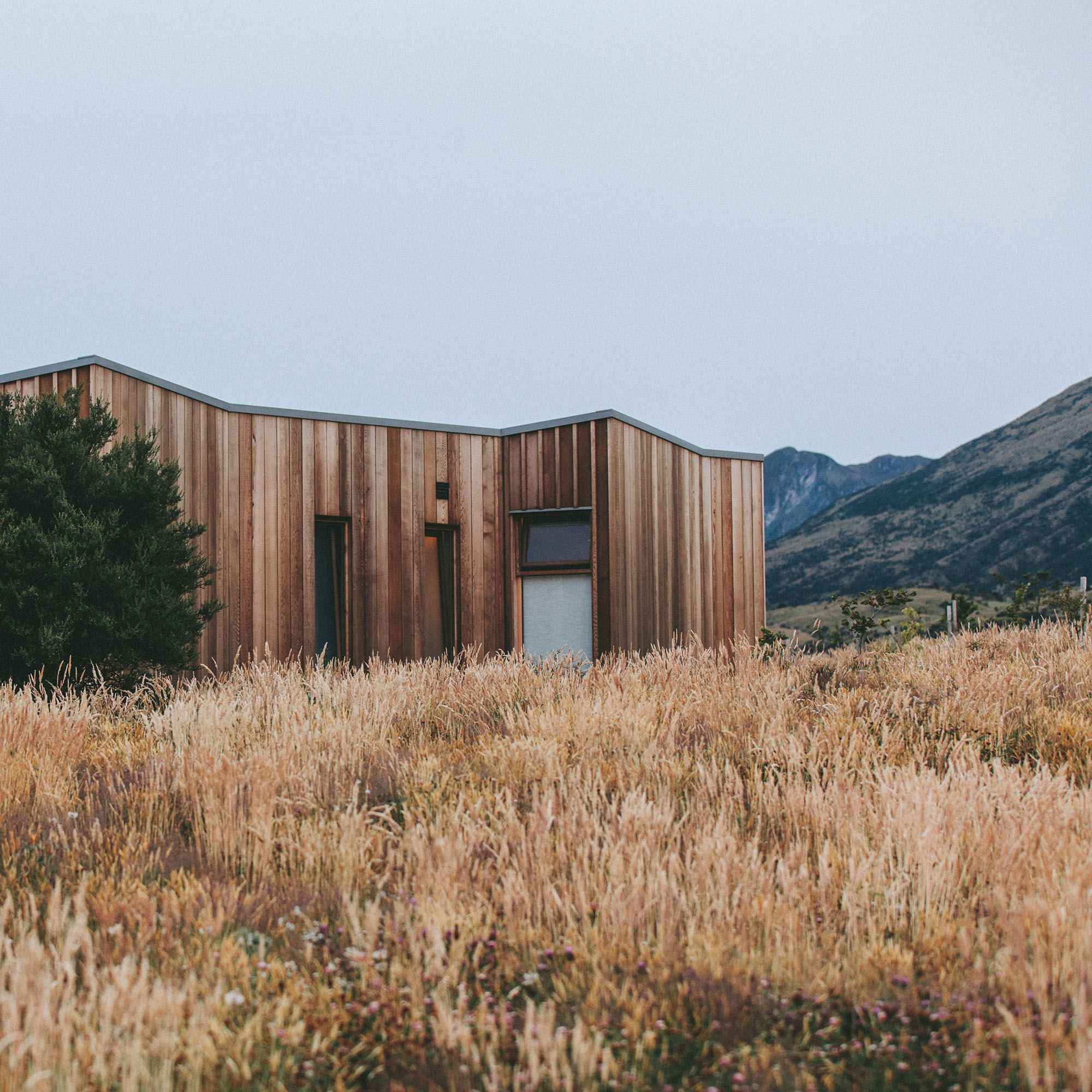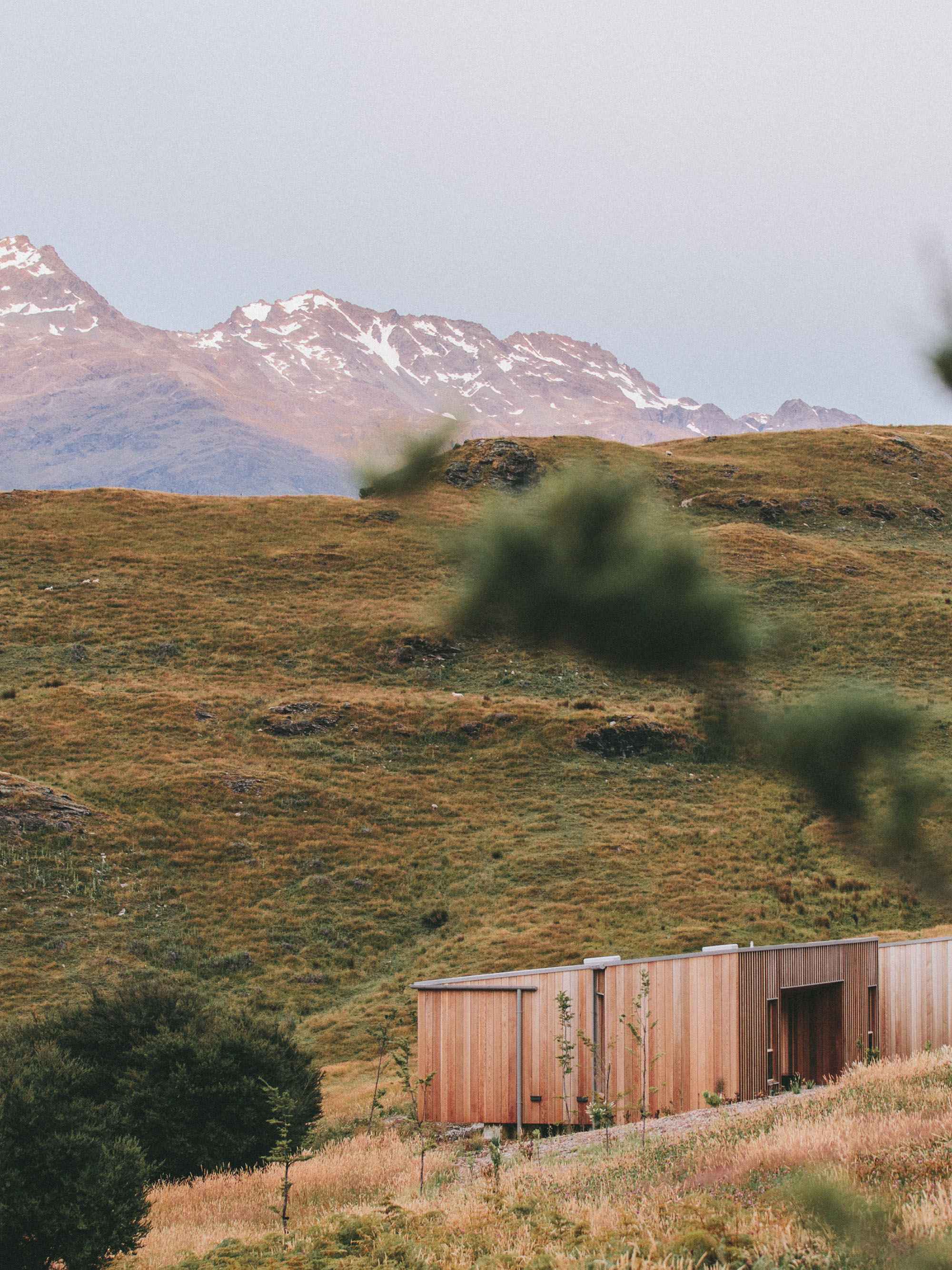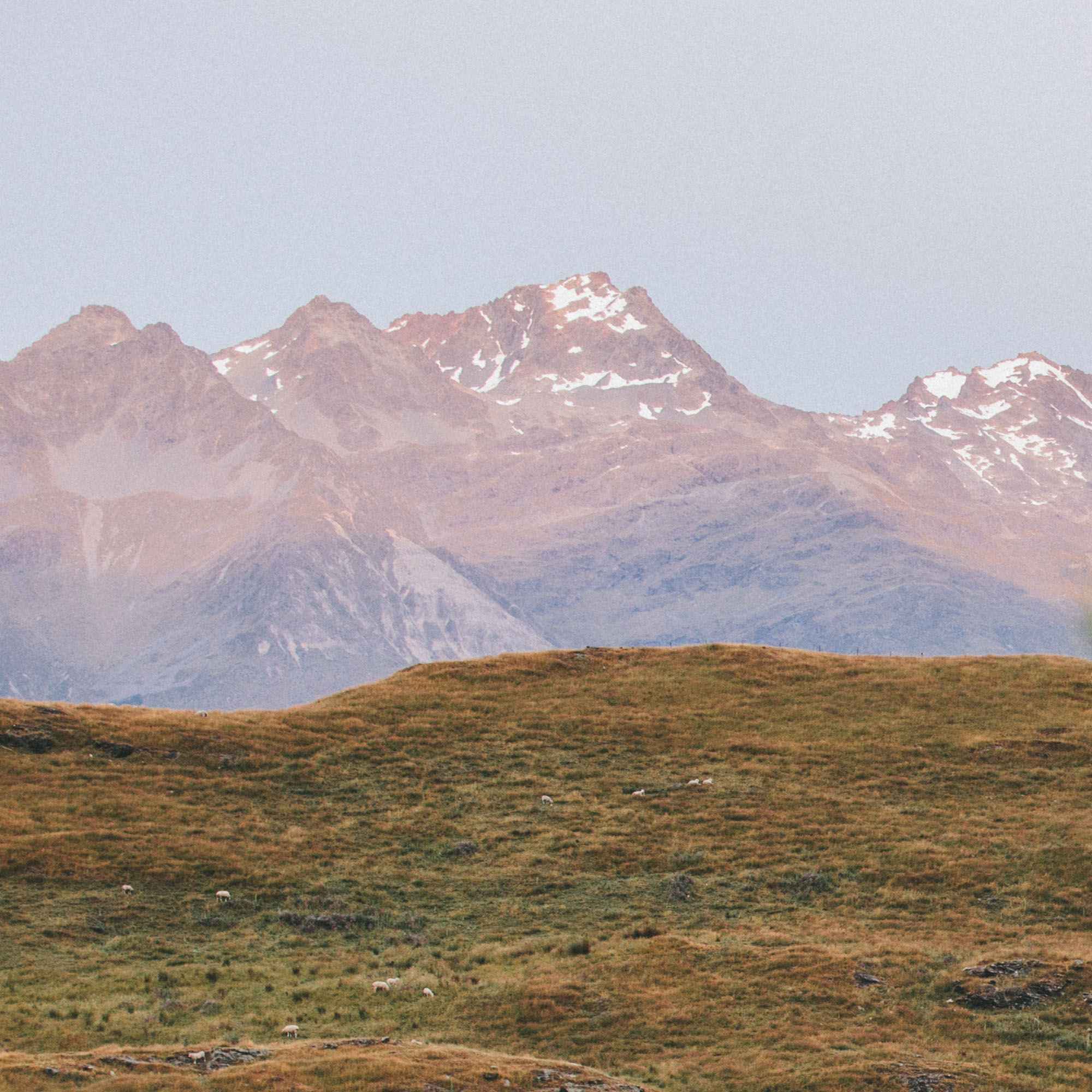PRODUCTORA
Carlos Bedoya
Carlos Bedoya is one of the four founders of PRODUCTORA DF, is a Mexico City based architectural studio. PRODUCTORA´s work is distinguished by an interest in precise geometries, the production of clearly legible projects with limited gestures, and the search for timeless buildings in their material and spatial resolutions. Carlos shares with us PRODUCTORA’s pursuit of creating physical and virtual platforms for sharing, how the process of translating ideas into architecture verifies the ideas themselves, and the organic workflow among the partners and collaborators.
“Back then there wasn’t all these platforms that we can find today, like Instagram, so we felt that, Latin American architecture needed a platform where they can share their knowledge and their ideas. When we started, we used to share our office with other offices.”
How did you meet?
We started, the four of us working at the same office. We became friends. We started to do competitions. We didn't have any like architecture background, just Abel., the Argentinian business partner. Since we don't have like this architecture background, we have to create our own credibility.
How did you start working together? What were your first projects?
So we started to take part of competitions, open competitions and since we are friends, became super natural to start working together. I started work with one project and with Victor on another one. Super small commissions such as the typical commission of our family bathroom or whatever. We... So we were collaborating one way or another all together because of our project, with Abel, and all of a sudden Victor or Wonne Ickx gave us their opinion or they were working with Victor.
Rooftop Prim - Image by Onnis Luque
Why did you start the platform Liga DF[1]?
It was the same case we created LIGA because back then there wasn’t all these platforms that we can find today sort of like Instagram, so we felt that Latin American architecture, they needed a platform where they can share their knowledge and their ideas. When we started, we used to share our office with other offices.
[1] LIGA - In 2011 PRODUCTORA founded, alongside curator and art critic Ruth Estevez, LIGA - Space for Architecture - Mexico City, a platform that promotes emerging Latin-American architecture through exhibitions, conferences and workshops.
What was one of your strategies to get new clients early on?
Then we decided that maybe a client needed to see that we have enough infrastructure and to hire us and to trust us. So we decided, for instance, to change from this office that we used to share with other friends to one that we considered was important in terms of its location.
“ I can say that we don’t even decide the logic of the project. The context, the needs, the aesthetics and so on is decided by the logic of the architecture itself. ”
What representational forms are most important for you when starting a project?
I would say that, as a tool, we use a lot of physical models, also drawings. The model and the drawings. They are super abstract in the beginning, very intuitive ideas. The most important part of the process is when we sit down at the meeting table and we start to talk about these ideas.
How do you divide projects between each other?
In the beginning of a project or the most important ideas, the four business partners are involved in the design process of the main ideas and concepts and strategies, also in terms of budget, and then once we get like the main response to the different things from the four business partners, each of us start to develop one project.
Depending how these commission get to our office. If it’s a friend of mine, maybe we started to design altogether and once we have decided which is the best strategy or idea, maybe I keep developing the project.
Do you adopt different roles at the decision table?
In our case, which I think it's a pro and con, is that since we are four we are involved in everything, so we don't have like super specific roles, Maybe you don't think about something which was important and your other business partner think about these things. So the idea gets more complete in terms of aesthetic but also strategy, programmatically. And it could be a con because all the efforts are in the same place.
Are there any exceptions?
Abel has developed this idea of client voice and where he tries to make the project a reality in terms of what the clients really want and need.
How do you resolve disagreements?
For instance, if I get to the table with a sketch, for me, this is not the architecture, this is part of the design process. So in the end, all the design decisions are bigger than just one single idea, one single model, or a sketch. A bunch of decisions has to be taken for all of us, not only for the four business partner but also for the people who participate and collaborate. And I can say that we don't even decide the logic of the project. The context, the needs, the aesthetics, and so on is decided by the logic of the architecture itself. So it is super easy to, in the end, take a position. And when we understand that in the design process, the four of us, we are super happy because we understand that it doesn't have to be with my idea or the idea of Victor, or Abel.
How many people work in the office today?
We have fifteen collaborators. We are a small office, so the structure of our office is simple. I mean, there is like a project leader, who used to live with us, I mean, with the business partner project, we have three of them and then the rest of the people, they are juniors architects who help develop these ideas. And then there is a coordinator, manager of the office to help us solve like everything that has to do with the administration and public relations and so on.
Laguna MX - Image Credits Onnis Luque
“I try to keep and push the ideas because it’s easy to lose like some qualities of this. Your ideas, once you start to translate them, develop the project, it’s super easy to to lose them, and that they could be the core of the project.”
Which personal traits differentiate you from one another?
In my case, I am stubborn. I try to keep and push the ideas because it's easy to lose like some qualities of this. Your ideas, once you start to translate them, develop the project, it's super easy to to lose them, and they could be the core of the project. Abel and the others are also super creative, but they are also very pragmatic. They help us help their office to make this project a reality.
Which qualities do you look for in work candidates?
We look for people who also want to participate or who can get involved in the whole process of our projects from the beginning, from the conceptual to the construction documents; they can have meetings with the clients. This is the kind of profile we look for.
Bautista House - Image by Onnis Luque
“if you see almost all the places, you can see and understand how they produce what they do. And so we create like these patios, we create like these areas of opportunity where the people can develop their activities and we can even collaborate with each other. ”
Which design strategies help you construct unique spatial experiences?
We use simple geometries. We want to create like subtle ideas that allows you to and from the way you experience this space. This is why we use color to highlight some specific moments.
How else do you use color in your projects ?
It's as a tool, for instance, to try to incorporate our project into the same palette of colors of the context where the project is going to be built, sometimes to create contrast depending on the project. Sometimes this has to do with the logic of the place. For instance, here in Laguna where you can see the green color accents in different spaces is because just to be like a factory-weaving factory. So the machines that they used back then they were in this green color. So it's part of connecting with this history.
What experiences would you like people to have in a space like Laguna ?
Here, we needed to do super subtle movements that maybe you are not going to see the huge project designed by Productora, trying to recover the main ideas of the building in itself, which is beautiful. And they all want everyone to have like a lot of factories within a huge factory. So we tried to create like spaces where they can meet each other and where the people also can see the process. So if you see almost all the places, you can see and understand how they produce what they do, and so we create these patios, we create these areas of opportunity where the people can develop their activities and we can even collaborate with each other. There used to be one single stair and now we create this different connection system that allows you not only to connect in terms of physically. You go to different places, creating flexibility in the future and dividing the space in several other spaces. It creates a form of promenade where you can see and live in the Laguna space.
Centro Cultural Teopanzolco - Image by Onnis Luque
What are some architectures that inspires your practice?
That is super different depending of the business partner. I love, for instance, the John Hejduk work not only because of the shapes, but because this is the easier way to see the relationship between—for instance, some of the Productora things and John Hejduk. But I could say, what is fascinating about John Hejduk for me is that he created a sort of relationship between the buildings and the elements created a sort of dialogue. He doesn't see a building itself, but more like a role or a character that has to interact with other things and create some dialogues. So that for me was fascinating. The idea of how to create a contrast and a dialog between one thing and the other thing.
Any artwork that informs your design?
We used to love the work of the land art artist. So just, Donald Judd or Michael Heizer since they don't have any program to solve or any like regulations to solve, they focus just on the experience in terms of how you live in these spaces. Also, what we love about artists is that they trying to rethink not only the ideas in terms of shapes and the spatial experiences, but also in terms of what it means to build in the desert or what do you have to do to make it possible.
The project is not only about the shape or the painting itself. It's about the decision you take and the questions that you make.










